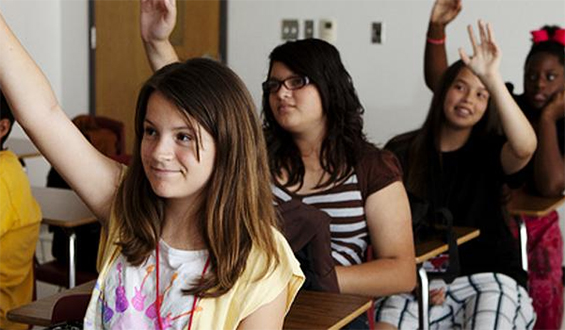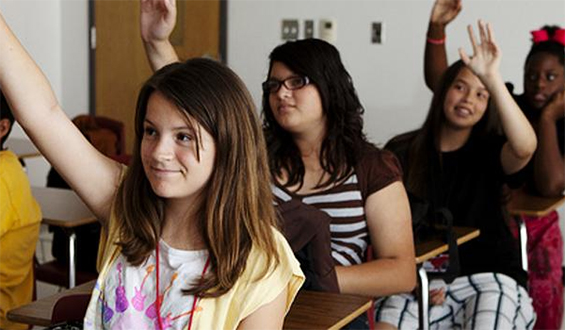
The Illinois Network of Charter Schools (INCS) has published an issue brief that says Chicago students have been fortunate to have access to school choice.
Authors Kasia Kalata and Jelani McEwen say that after US Secretary of Education William Bennett declared the public schools of Chicago “the worst in the nation” in 1988, for two decades Chicago Public School officials and the city’s leadership took steps meant to create schools that were high in quality.
Selective enrollment schools were opened, and the first cadre of charter schools was launched in 1997. The city was on its way to creating high-performing schools and increasing access to quality schools for all Chicago families.
In 2004, The Renaissance 2010 initiative was Mayor Richard M. Daley’s and Chicago Public Schools CEO Arne Duncan’s renewed commitment to that original strategy. The program was aimed at closing schools that were performing at a below-average ranking and opening 100 new groundbreaking schools, mainly charter schools, to boost student performance and to give parents more options for their children.
Charter school growth grew from 76 students in 1996 to more than 64,000 statewide. Today, thousands of families send their children to charter schools, and thousands more choose a district-run school that is not the school to which their children are assigned.
One-half of Chicago families have children who are enrolled in a school other than the one to which they are zoned. This situation is even more significant where high school students are concerned; just one in three students attends his or her zoned school.
The types of schools that Chicago parents have to choose from include Selective Schools for students who meet certain academic criteria; Citywide Non-Selective Schools or Magnet Schools for students interested in schools outside their zones; Attendance Area Non-Selective Schools that serve children who live in the school’s attendance boundary; and Charter Public Schools that are independent, mission-driven, public, open enrollment schools.
The lower the performance ranking of a school, the more likely parents will opt out. Expanded school choice has made a difference in Chicago, say the authors. No longer does a zip code determine a child’s educational opportunity because parents are finding better schools using any method they can find.
The brief points out that currently almost three out of every four charter schools are outperforming the average CPS School Quality Rating Policy (SQRP) scores of the students’ zoned schools.
Some worry that students who have access to high-quality schools are the only young people who benefit from the school-choice system. But, says INCS, of students who opt out of the lowest performing schools and attend a charter school, 72% land in a school at least 2 SQRP points better than the one they left.
But not all Chicago students are receiving a high-quality education. Some face issues such as safety risks, concerns for children’s special circumstances, coordination impossibilities, and economic hardship. Parents have to weigh their circumstances and their options, and if a quality education is not possible, the city must find a way to intervene. INCS says this is what every child deserves.
The organization’s recommendations include expanding school options to areas without access to quality schools, creating a common application for families that can be more easily completed, and enrolling students in the highest quality school within three miles of their homes.
INCS: School Choice Has Improved Chicago Education
0
Share.




